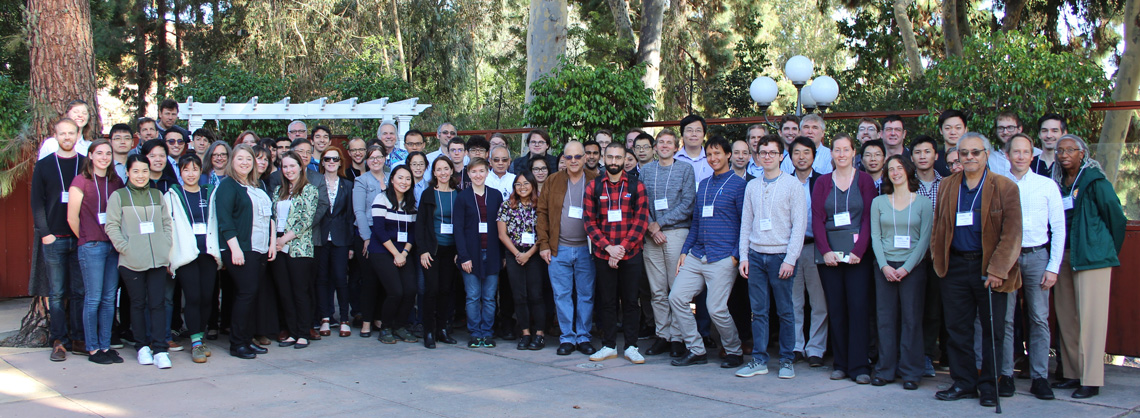About
The STROBE Science & Technology Center brings together imaging science experts from seven universities and partners with national labs, industry and academe to push the boundaries of imaging science capabilities and technologies, while building a strong workforce that is prepared for 21st century careers in science and technology.
The STROBE NSF Science and Technology Center on Real-Time Functional Imaging is developing new functional imaging microscopes that enable functional multi-scale characterization of complex samples –– from low-dimensional materials, nanostructured systems and devices, to emergent phenomena in quantum materials. These capabilities contrast with current single-mode, mostly static, approaches to imaging, which are too slow and inaccessible to close the loop between design, characterization and optimization of materials science and technology. STROBE is also integrating different photon- and electron-based imaging modalities with underpinning technologies – advanced algorithms, fast detectors, big data manipulation and hybrid/adaptive imaging.
The Vision of STROBE is to transform imaging science and technology of functioning nano-systems. The Mission of STROBE is to create powerful and broadly-applicable real-time nano-to-atomic scale imaging modalities to advance imaging science and increase access, that can be used to address grand challenges in science and technology, while building a strong STEM workforce.
STROBE is part of the 2016 class of National Science Foundation Science & Technology Centers awarded in October 2016. STROBE brings together scientists and students from the University of Colorado at Boulder, the University of California at Los Angeles, the University of California at Berkeley, Fort Lewis College, Florida International University, and the University of California at Irvine. Several national laboratories, industries and international institutions are also partnering with STROBE.
